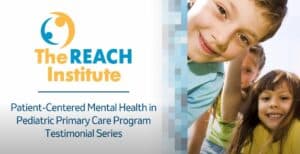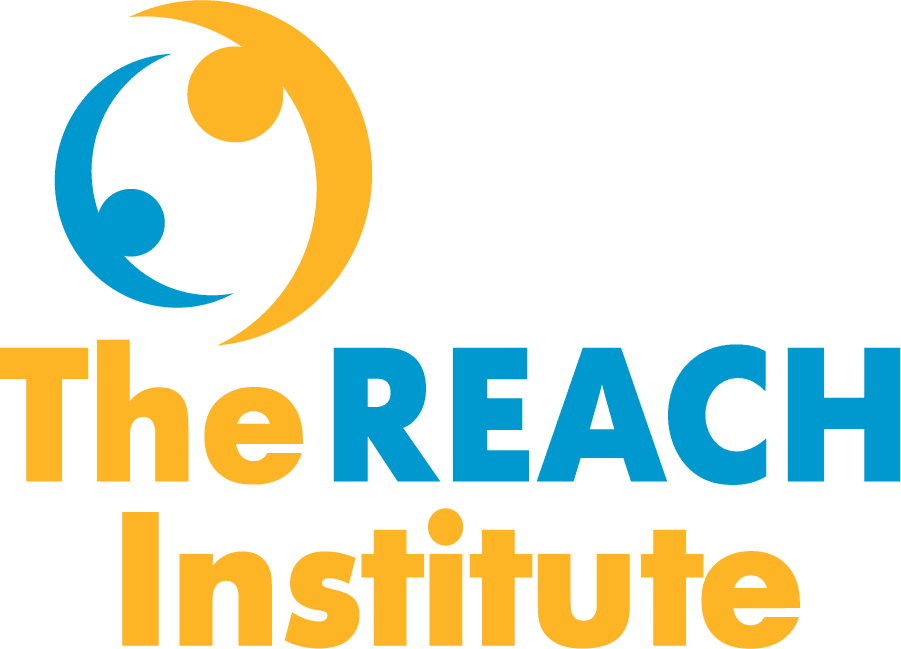After you screen for anxiety, then what?
- October 24, 2022
- The REACH Institute
- Anxiety, Assessment & screening

As you’ve heard, the US Preventative Service Task Force (USPSTF) recently issued draft guidelines recommending that primary care providers (PCPs) screen all adults aged 19 to 64 for anxiety disorders. Guidelines recommending anxiety screening for children aged 8 to 18 were finalized last week. Universal screening has not been recommended for adults 65 and over; one reason is that many anxiety screening tools flag symptoms, such as impaired sleep, that are natural consequences of aging.
According to the USPSTF guidelines, over 26% of men and 40% of women experience anxiety disorders during their lifetime. Anxiety disorders typically begin in childhood and young adulthood. They are treatable conditions, especially if recognized early.
Most patients present in primary care not with anxiety but with physical complaints or sleep issues. Alarmingly, only 11% of adult patients with anxiety disorders start treatment within a year of onset. The average time from onset to treatment is a whopping 23 years.
These data reflect the situation before COVID-19. The American Psychological Association and other organizations and researchers reported sharp increases in anxiety and depression during the pandemic.
In this context, adding anxiety to the list of conditions for which you routinely screen patients makes good sense.
The question is, if the screener indicates that anxiety is an issue, then what do you do? If you’ve taken the REACH course Patient-Centered Mental Health in Pediatric Primary Care, you know how to diagnose and treat children who suffer from anxiety disorders. Similarly, if you’ve participated in the companion course Adult Behavioral Health in Primary Care, you know how to help adult patients.
Patty Gibson, MD, a psychiatrist on the Adult Behavioral Health faculty, shared some basics from the course to answer the question, “Then what?” She was quick to point out that even clinicians who treat only children nevertheless can benefit from learning to recognize and manage anxiety in adults. This ability can benefit the parents of their pediatric patients as well as the clinicians themselves and their staff. Furthermore, she pointed out, “Anxiety runs in families. And coping skills are learned at home.”
The screening tool recommended in the Adult Behavioral Health course, GAD-7 (General Anxiety Disorder), is the one for which the USPSTF found the most evidence of effectiveness. If a patient scores high on the GAD-7, clinicians should conduct further assessment to arrive at a diagnosis. Common anxiety disorders include generalized anxiety disorder, panic disorder, and social anxiety.
To decide on treatment, PCPs should assess the patient’s level of both functional impairment and psychological distress. “In addition, you should look at whether the patient also suffers from depression,” said Dr. Gibson. One study estimated that 50% of patients with anxiety disorders had comorbid depression and vice versa. Patients who present a danger to themselves or others should receive immediate treatment.
Fortunately, such severe symptoms are not common. “Most anxiety disorders don’t require medication,” said Dr. Gibson. “As we teach in REACH courses, a lot of the effective treatment is behavioral.”
Evidence-based therapies included mindfulness-based stress reduction and cognitive behavioral therapy. If you have developed a referral network as REACH recommends, you may be able to point patients toward therapists who specialize in anxiety disorders or post-traumatic stress disorders.
If therapists are hard to come by in your community and wait times are long, there is still much you can do to help your patients. In fact, one of the skills covered in the REACH courses is how to teach patients about relaxation in a 10-minute encounter. Self-help techniques can make a big difference in patients’ emotional health and ability to function. Additionally, you can train members of your staff to provide brief education and relaxation skill development.
The apps and websites Dr. Gibson recommends to help patients counter the habits of thought that produce anxious feelings are listed in Resources below. Mindfulness, including deep breathing and body relaxation exercises, can go a long way toward overcoming anxious feelings in the moment.
Evidence also shows that lifestyle changes are important: exercise, or any activity that gets the patient up and about; social interaction; and diet changes like cutting caffeine. “Spiritual activities also matter,” said Dr. Gibson. “That could be going to religious services, volunteering—anything that gives meaning to life.”
To treat patients whose level of impairment suggests a need for medication, Dr. Gibson uses the Waco Guide to Psychopharmacology in Primary Care, which offers decision trees for common psychiatric conditions in both adults and children.The Waco Guide and other tools included in the REACH Adult Behavioral Health course offer quick guidance on the most commonly prescribed medications, as well as timelines for titration.
Dr. Gibson emphasized that GAD-7 is a tool not only for screening but also for tracking patients’ response to treatment. Just as rechecking a patient’s blood pressure enables you to evaluate their response to medication, so rechecking GAD-7 offers a quick way to see whether a patient is feeling less anxious and is better able to manage daily activities or whether additional treatment may be needed.
For many patients, simply having their anxiety recognized and normalized can be the beginning of relief. Use of a screening tool, Dr. Gibson noted, is a way to begin a dialogue that can lead to healing.
RESOURCES
Learn all about diagnosing and treating anxiety, along with other common mental health disorders, in Adult Behavioral Health in Primary Care, December 2-4.
The GAD-7 anxiety screener is available for free (with many other tools) on The REACH Institute Rating Scales page.
Dr. Gibson recommends the following websites for the information and support they offer to patients suffering from anxiety disorders:
- Unwinding Anxiety from Dr. Jud Brewer, with a clinician fact sheet here
- Anxiety information pages and worksheets from the Center for Clinical Interventions in Australia
- Relaxation and mindfulness exercises from the Center for Early Childhood Mental Health Consultation at Georgetown University (English and Spanish), UCLA Health (many languages), and University of Arkansas for Medical Sciences Mindfulness Program (English)
Mobile apps that can support patients in combating anxiety include Breathe2Relax; WorryTime; and three apps from the US Department of Veterans Affairs: Mindfulness Coach, PTSD Coach, and CBT-I Coach.
Categories
- ADHD
- Anti-racism
- Anxiety
- Assessment & screening
- Autism
- Child mental health
- Coding
- Cognitive behavioral therapy
- College transition
- Culturally responsive
- Depression
- Eating disorders
- Foster care
- Grief
- High-risk children & youth
- LGBTQIA
- Medication
- Parents
- Patient communication
- Pediatric primary care
- School refusal
- Sleep disorders
- Suicide
- Trauma
- Show All Categories
Register for courses
“The REACH Institute Video Testimonial: Hilary  ”
”
